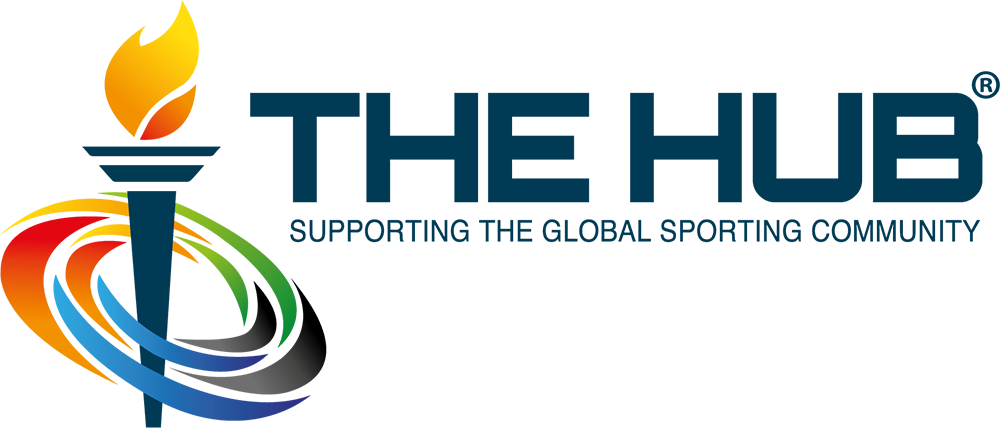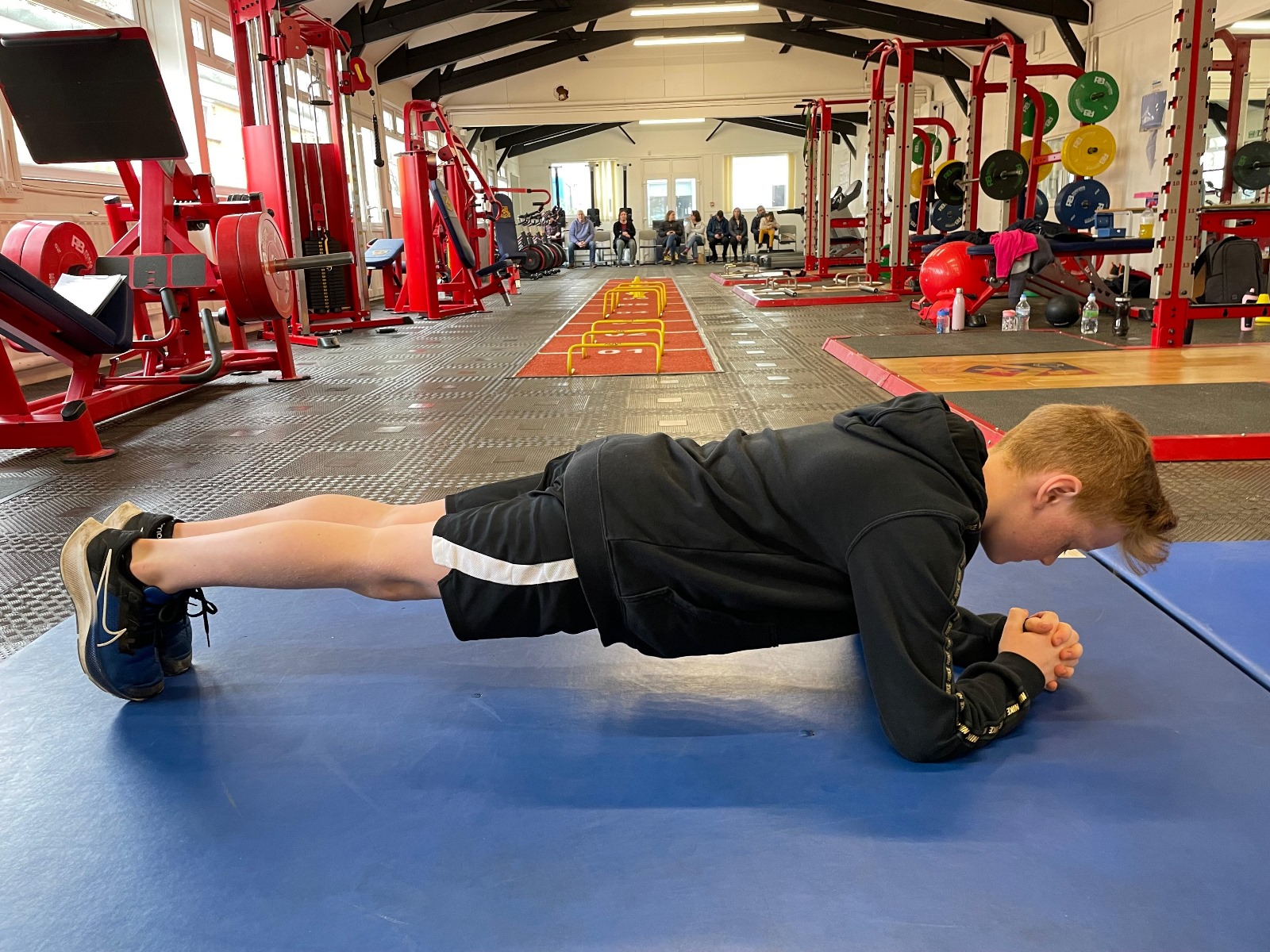
Strength and Conditioning Principles and Methods
by Hubsport Online | January 24th, 2025
News and Stories by Nino Severino
FINDING A STRENGTH AND CONDITIONING COACH
This can be a pretty difficult process for the simple reason that the ‘Fitness Industry’ around the world is a very large and broad one with many different types and levels of practitioners and professionals operating within it. There are a range of ‘qualifications’ available and also a relatively poor regulation of the level of coaches in the market place worldwide.
There are varying views on types of training and strategies that should be utilised for developing growing athletes and there are also a number of practitioners with expertise in other areas who present themselves as strength and conditioning coaches, when in fact they maybe more expert as personal trainers, massage therapists. However, clearly some strength and conditioning coaches do have rehabilitation backgrounds and broad ranges of skills so there is ‘no one criteria fits – all’ solution.
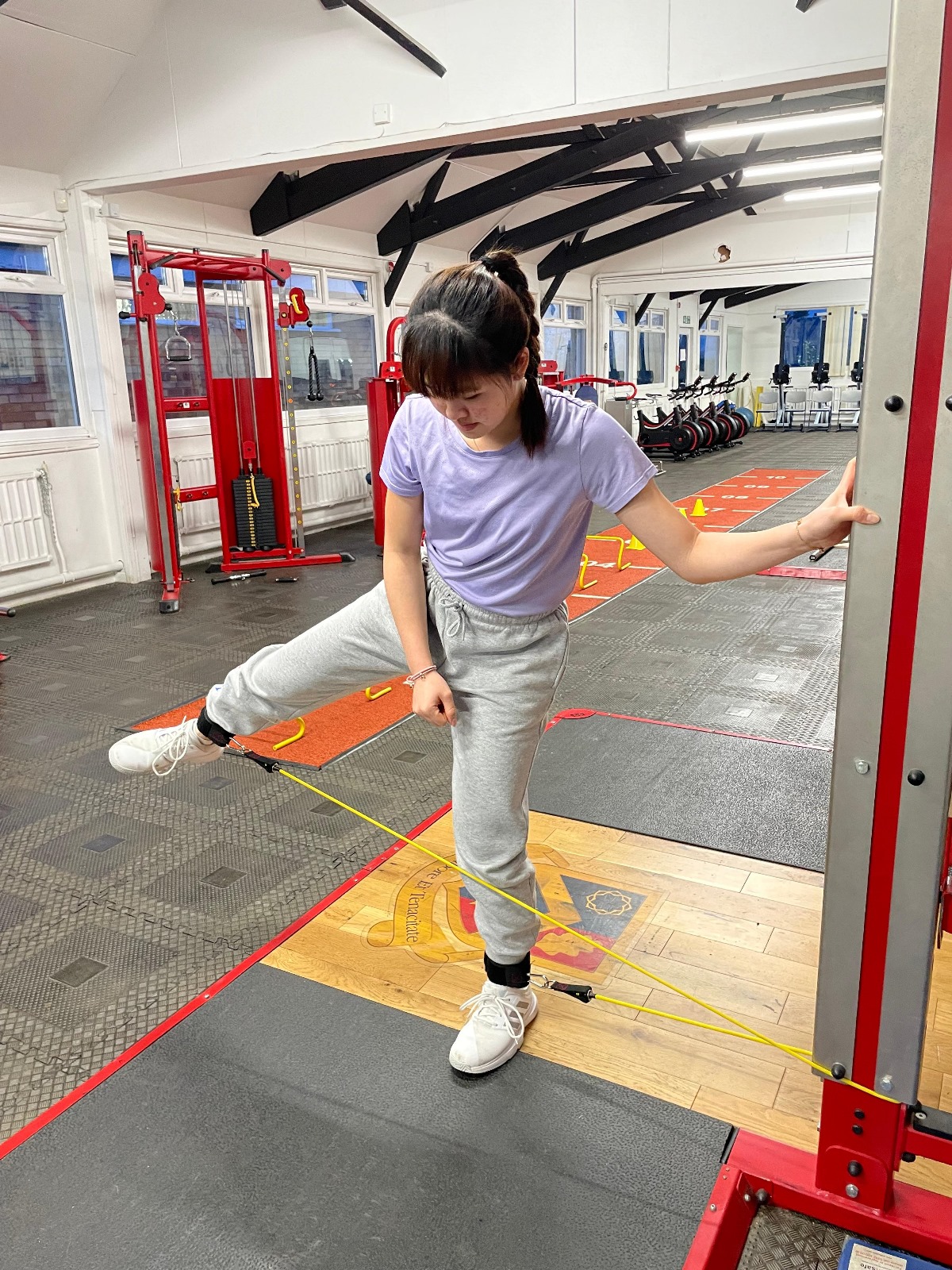
There are varying views on types of training and strategies that should be utilised for developing growing athletes and there are also a number of practitioners with expertise in other areas who present themselves as strength and conditioning coaches, when in fact they maybe more expert as personal trainers, massage therapists. However, clearly some strength and conditioning coaches do have rehabilitation backgrounds and broad ranges of skills so there is ‘no one criteria fits – all’ solution.
In addition, finding a strength and conditioning coach with a track record of success with young developing athletes is again hard to identify as it is a relatively new area of development. It would not be fair to say what constitutes an excellent practitioner from a poor one as clearly it is not as straight forward as making distinctions based on a practitioners level of qualifications alone, as clearly there are many very qualified people with poor practical coaching skills, and low levels of experience which is a critical factor. However, there are also people who display very strong coaching abilities in terms of delivery who do not have the prerequisite evidence-based approach. This type of coach can be very effective at injuring your athlete!

In recent years a positive development worldwide (and particularly in the United Kingdom) has been the growth and influence of Strength and Conditioning Associations: In the UK: (UKSCA), in Australia (ASCA) and in the USA (NSCA). In the UK and Australia, the two associations have been set up as effectively a governing body of strength and conditioning for those two countries. Both associations have developed an accreditation process which is demanding enough to separate the good quality coaches from those with poor credentials. All qualifications have assessments that include theory-based knowledge, then presentations to deliver knowledge and show understanding as well as practical application.

Recently the UKSCA and ASCA have introduced an ongoing annual CPD programme where accredited coaches must show evidence of the ongoing professional development. Added to this the UKSCA (www.uksca.org.uk) and ASCA (www.strengthandconditioning.org) have a national register of coaches with the full accreditation. NSCA have a look at https://www.apeccourses.com/, they now have also designed a pathway of courses for gym/PT instruction all the way up to qualified strength & conditioning courses.
PRINCIPLES OF TRAINING
There are three key generic principles which explain the ‘laws of physical training’. They are the central theories underpinning all fitness programme design with all athlete/sports people. Obviously, every individual requires a bespoke programme which is tailored to their sport and their physiological capabilities and goals, but the following principles are applicable to all components of physical training:
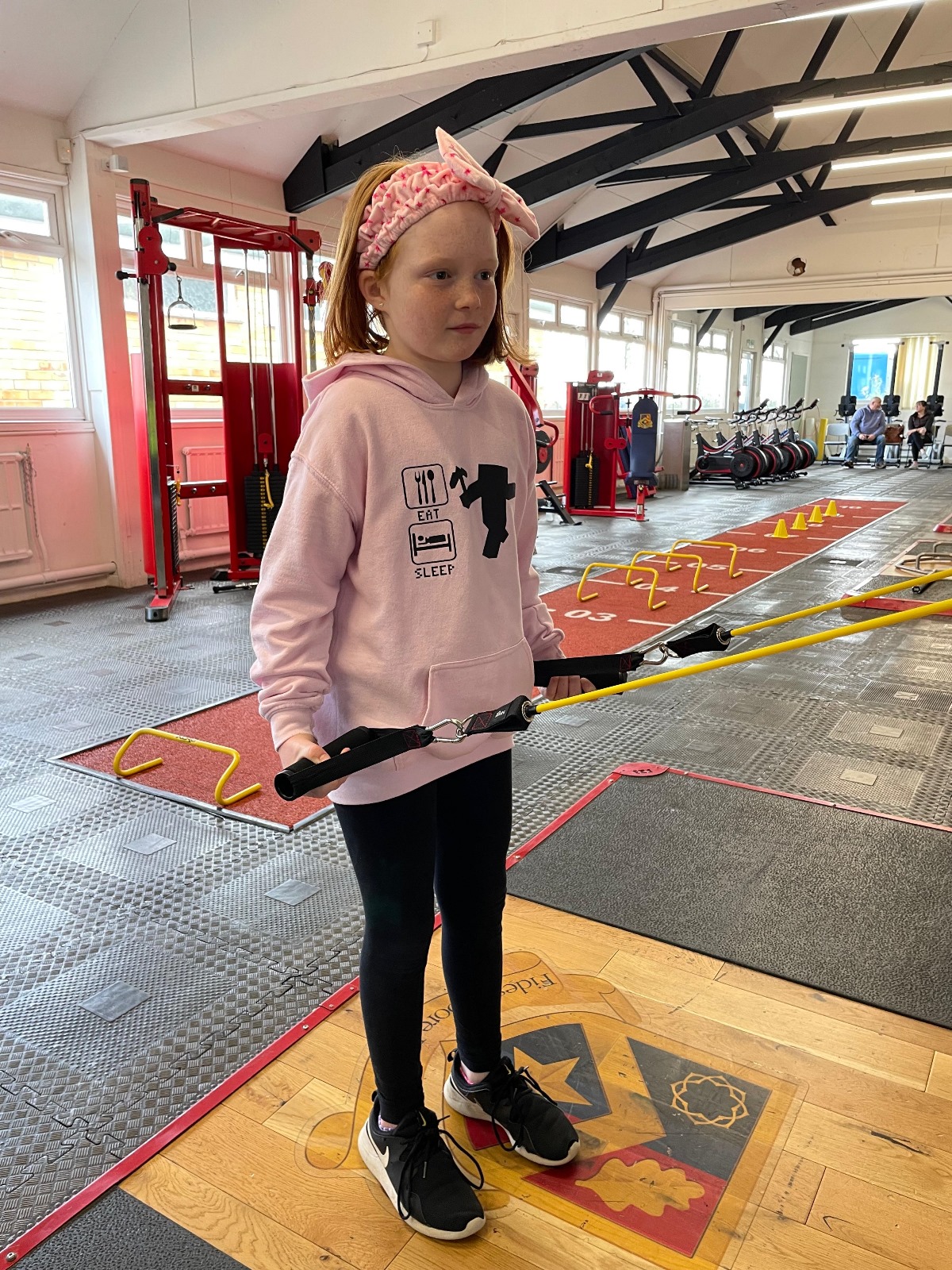
OVERLOAD
For a body to ‘adapt’ and essentially improve, a training stress or stressor is required. Clearly for a higher level and continual progression of adaptation to occur the level of the stressor must be progressively increasing over time. The training activity can be heightened as a stressor through an increase in resistance, speed, duration, volume and or a combination of all of these four criteria.Unfortunately, the progression of Overload must be managed carefully and linked directly to rest and recovery. With too little Overload an athlete/player will not progress and improve. With too much overload an athlete will likely become injured. It is important to highlight as well that overload will occur in specific training sessions but also, in a cumulative way, as all daily, weekly and monthly training stressors accumulate and are adapted to over time.
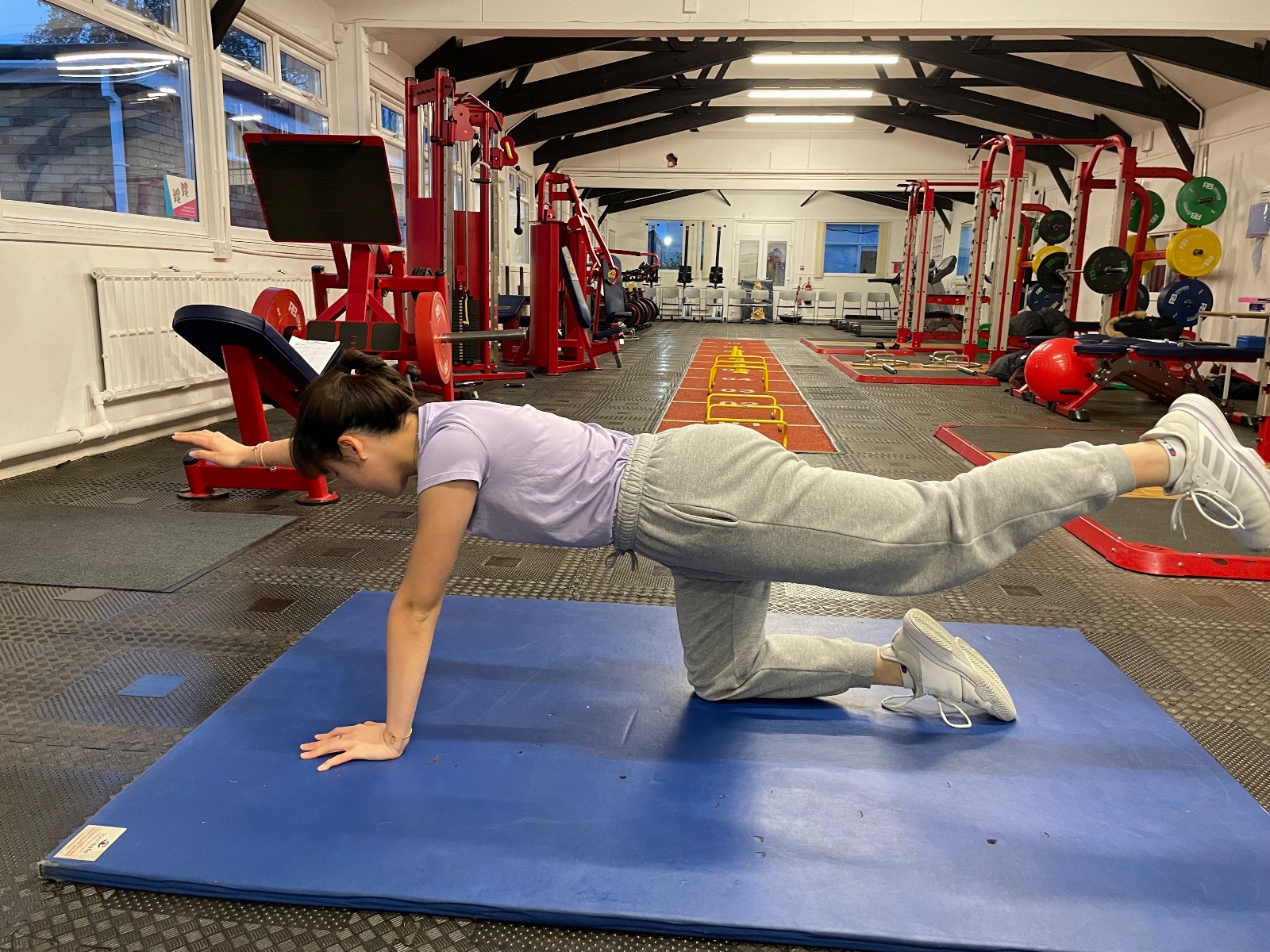
THE FOLLOWING ADVICE IS COMMONLY ACCEPTED AND PRACTICED:
- Increase loads gradually and progressively – Training loads should become more intense over a period of time, not increased too abruptly or with too much intensity.
- Test maximums – Through testing, the intensity of training loads can be controlled and monitored.
- Avoid muscular failure – Burnout sets are not advised for most sports training. It is not necessary to train until muscles fail or the athlete collapses.
- Allow ample recovery time – Too little recovery over time can cause an overtraining effect. Too much recovery time can cause a detraining effect.
- Plan and monitor training loads – Design long-range, periodised training programs, test athletes, and evaluate their progress to guide training decisions about overload.
• Track team and individual progress – Identify general areas where there are common deficits compared to other fitness components and skill qualities. If athletes “run out of gas”, for example, training can be overloaded to improve skilled performances when fatigued.
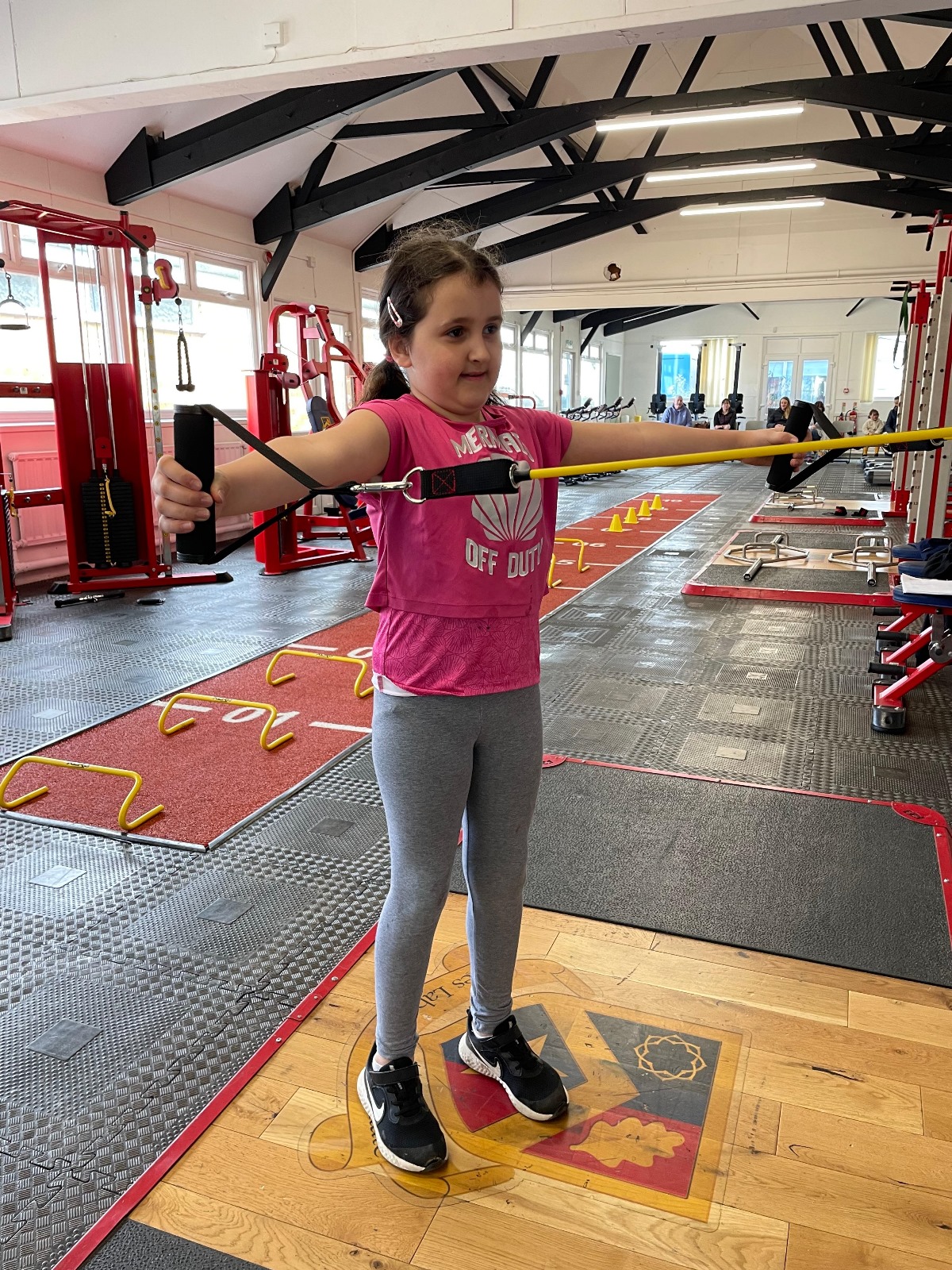
- Alternate activities – Organise workouts to allow recovery on some aspects of training while increasing intensity on others. Use periodised planning to link into weekly and daily activities.
- Coordinate all training activities and schedules – Fitness training loads should be adjusted for technical and tactical activities, travel, competitions, and other factors that could influence how overloading should occur.
SPECIFICITY
Training stressors will have a specific adaptation. In addition, individuals’ responses will be specific to training stressors. For example, a 4 x 200 metre sprint session with each repetition being set to be completed in 28 seconds with 120 seconds recovery between repetitions is a specific speed endurance stressor. If a group of 4 athletes are completing that same training session, all will adapt specifically and individually based on their own physiological make up.
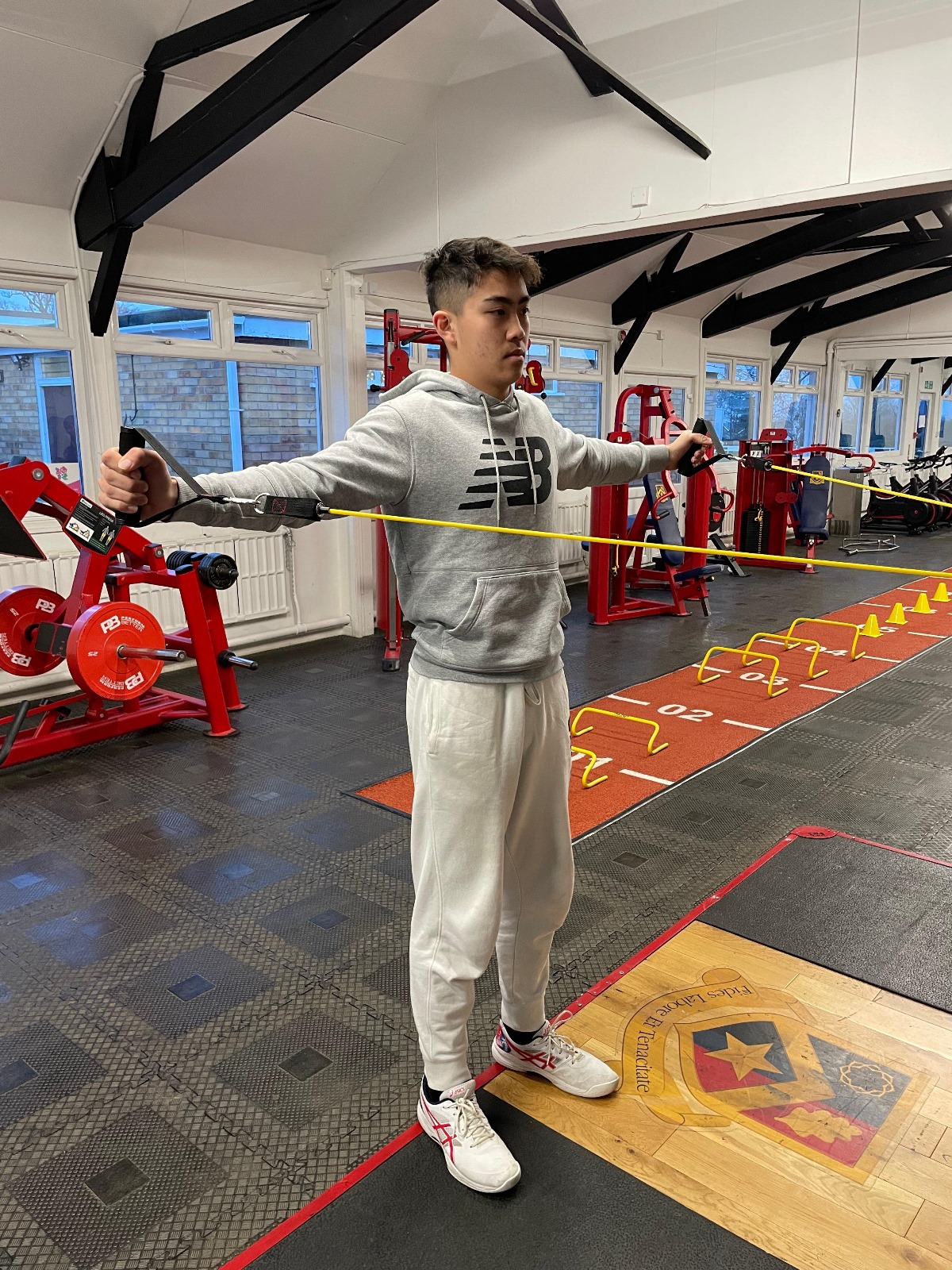
For the athlete who can complete a maximal 200 metres repetition in 23 seconds and who is in good condition from a speed endurance specific perspective, they will adapt differently to an athlete who has a maximum 200 metre time of 26 seconds and lower levels of speed endurance fitness. For the less ‘fit’ and ‘slower’ athlete the stressor is very close to a maximal intensity session. Thus, this training ‘unit’ whilst the same in design will not be the same in terms of potential stressor and adaptation.
With all sports people it is of paramount importance that where possible training stressors or stimuli are sport specific. Clearly base level fitness capabilities are essential and a common mistake which occurs is when Strength and Conditioning Coaches push immediately for sport specific training methods and adaptations before building strong foundations of all-round athleticism and good all-round fitness levels across all relevant components.
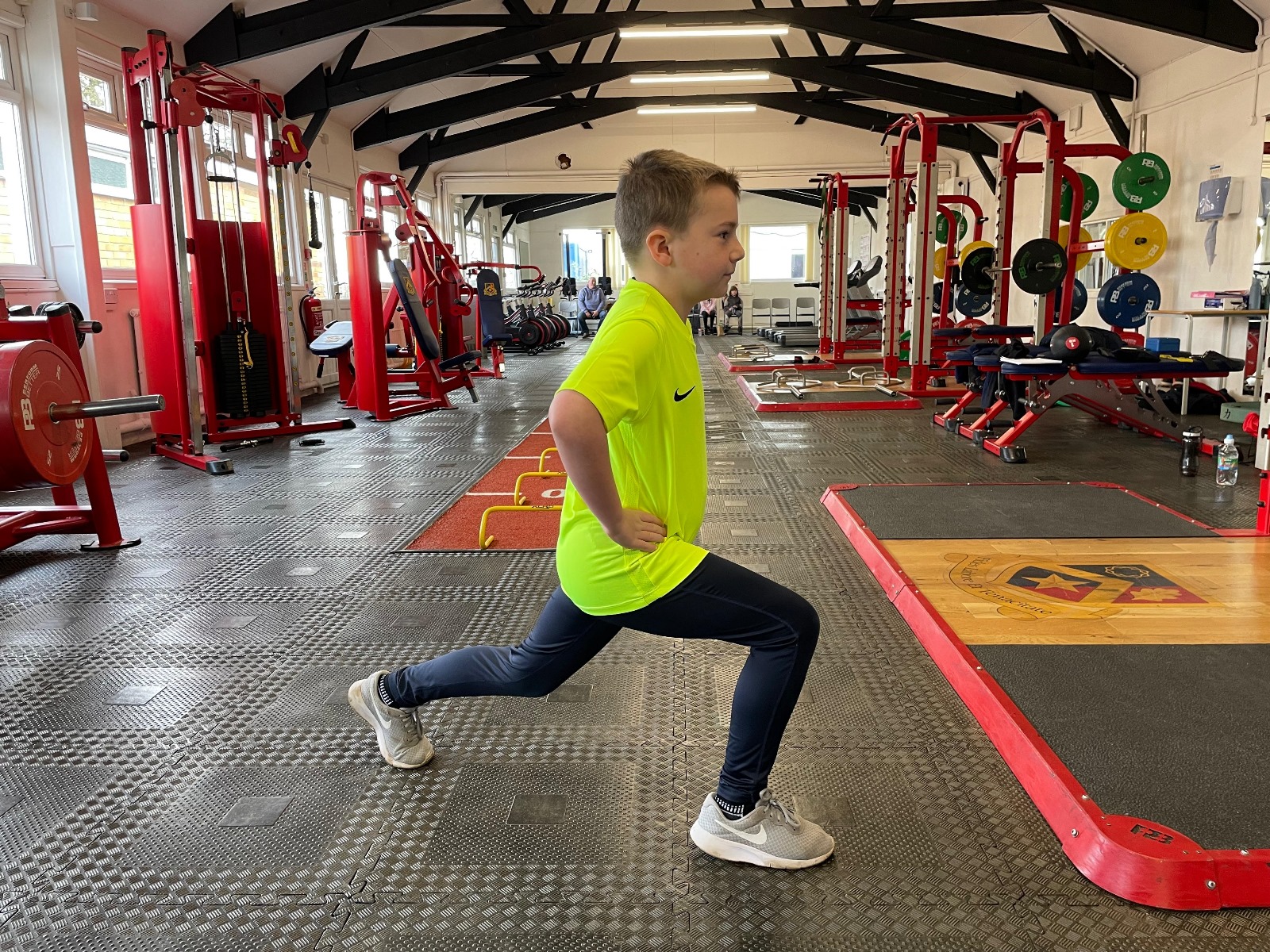
It is important to understand as well that specific training methods are not just replications of the sport specific skill movements with an increased resistance. In some instances, this can be very beneficial but the term ‘specific’ in this context, refers to the development of the body in all areas which impact on performance in the specific sport. For example, from an injury prevention perspective for Tennis players, rotator cuff strength and thoracic mobility exercises are very specific to their needs. Some of these exercises do not however mimic stroke specific movements. For example, you would not want a tennis player to follow the same training programme as an iron man triathlete or body builder! Essentially the training must be geared to provide a range of ‘specific’ stressors and adaptations which will advance physical performance in the sport of choice.
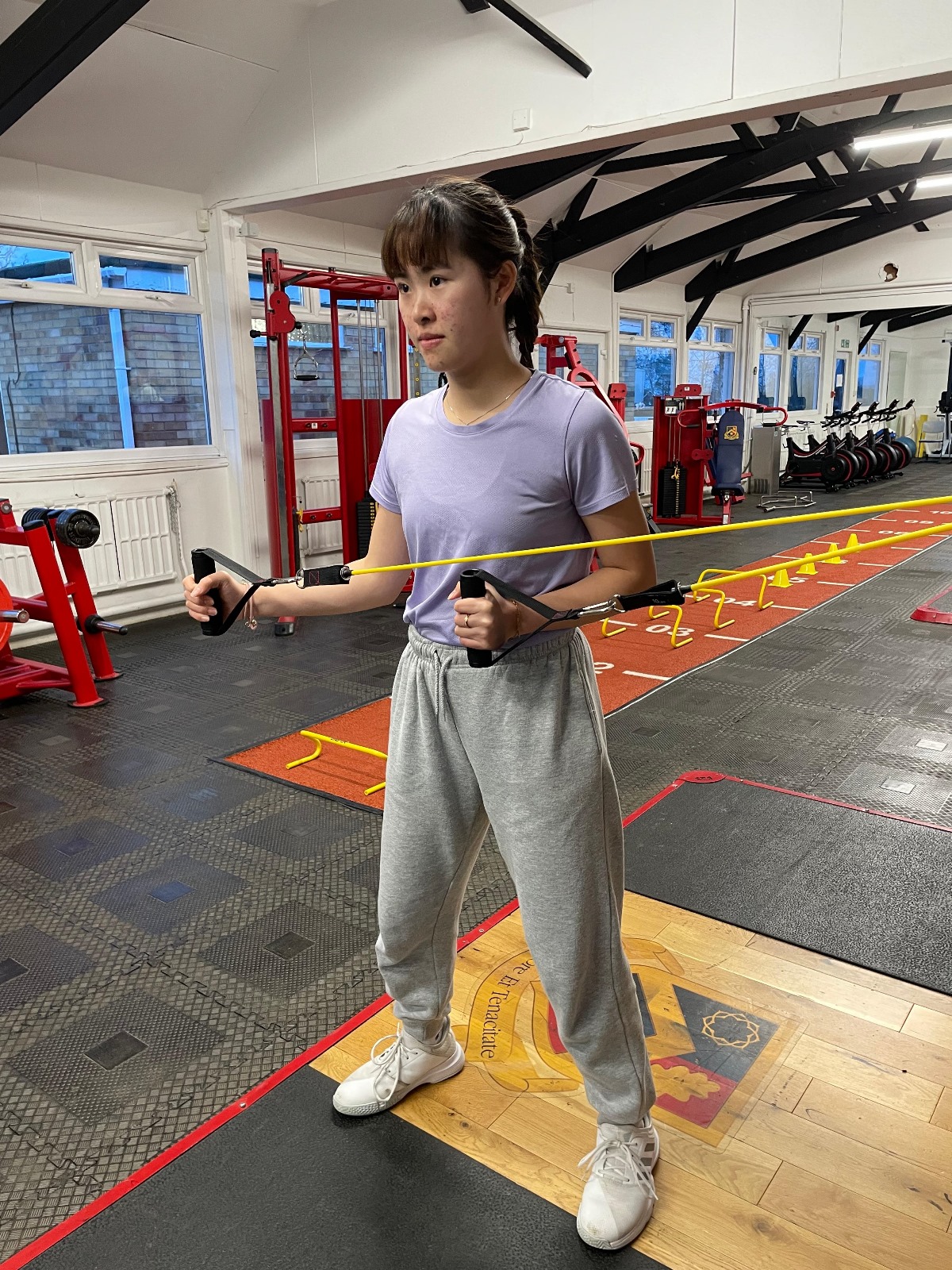
INDIVIDUALITY
The Individualisation Principle dictates that sports training should be adjusted according to each athlete’s characteristics and needs, such as age, gender, rate of progress, and previous experience. The goal of individualisation is to capitalise on each athlete’s strengths, exploit their genetic potential, and strengthen their weaknesses. COACHING TIPS
- Set Clear Goals – Goals set for team results can be personalised according to position and athletes’ abilities.
- Test – Getting your baseline measures and evaluating results is the most precise way to apply this principle. In addition to fitness and skill testing, health-related tests performed by trainers and other professionals offer implications for how training can be adjusted.

- Optimize Shortcomings – Devise ways to overcome weaknesses as much as possible. For example, for athletes with low motivation, set specific goals and reward progress. For those who are naturally move slowly for whatever reasons, overload, speed-related activities.
- Gender Differences – Be sensitive to physical as well as cultural differences. Women have wider hips, a lower centre of gravity, and carry more fat in these areas than do men. Training tasks may need to be adjusted for these physical differences. Encourage and support girls and women equally with boys and men, particularly when a sport is more accepted for one gender.
- Positive-negative-positive – When offering coaching feedback, reinforce the good points, and point out areas for improvement. This is especially helpful when an athlete has difficulty, whether on a given day or consistently due to personal weaknesses, positive reinforcement encourages him/her to persist.
- Senior Athletes – Older adults may need specific attention compared to younger athletes. Coaches should be sensitive to decreased flexibility, postural deviations, body composition, and other orthopedically-related factors. Adults prefer to be active participants in developing training programs.

- Youth Athletes – Competitive youth sports subject children to many opportunities, as well as many physical and psychological vulnerabilities. Positive early experiences marked with success can lead the way to healthy lifetime habits. Coaches and parents should be accommodating such factors as stage of learning, level of perceptual-motor development, and fitness level and capabilities. Children need acceptance and encouragement whether they win or lose.
REVERSIBILITY The principle of reversibility explains the fact that if the training intensity, volume, quality and stressors are reduced so too will performance and adaptation. The saying that ‘if you don’t use it, you lose it’ is pertinent in this context. Thus, particularly after injury or illness players will feel ‘out of shape’ as they begin the training process again. It is important to note that tapering or reducing training load prior to a big event is not the same as not training as clearly those recovery periods may be required for an athlete or player to hit peak competition performance as a period of adaptation and response to a high intensity training cycle.
COACHING TIPS
- Conditioning – After long rest intervals, begin a conditioning program to rebuild sport fitness. After several weeks of detraining due to illness or for other reasons, athletes may need to increase training volume and reduce intensity to regain general conditioning.
- Active Rests – During the off season, active participation in other sports or activities minimises detraining effects and can even facilitate skill learning. Avoid long rest periods with complete inactivity.
- Retraining – Increase exercise gradually and progressively after long periods of inactivity. Athletes should avoid performing intense work without first reconditioning.
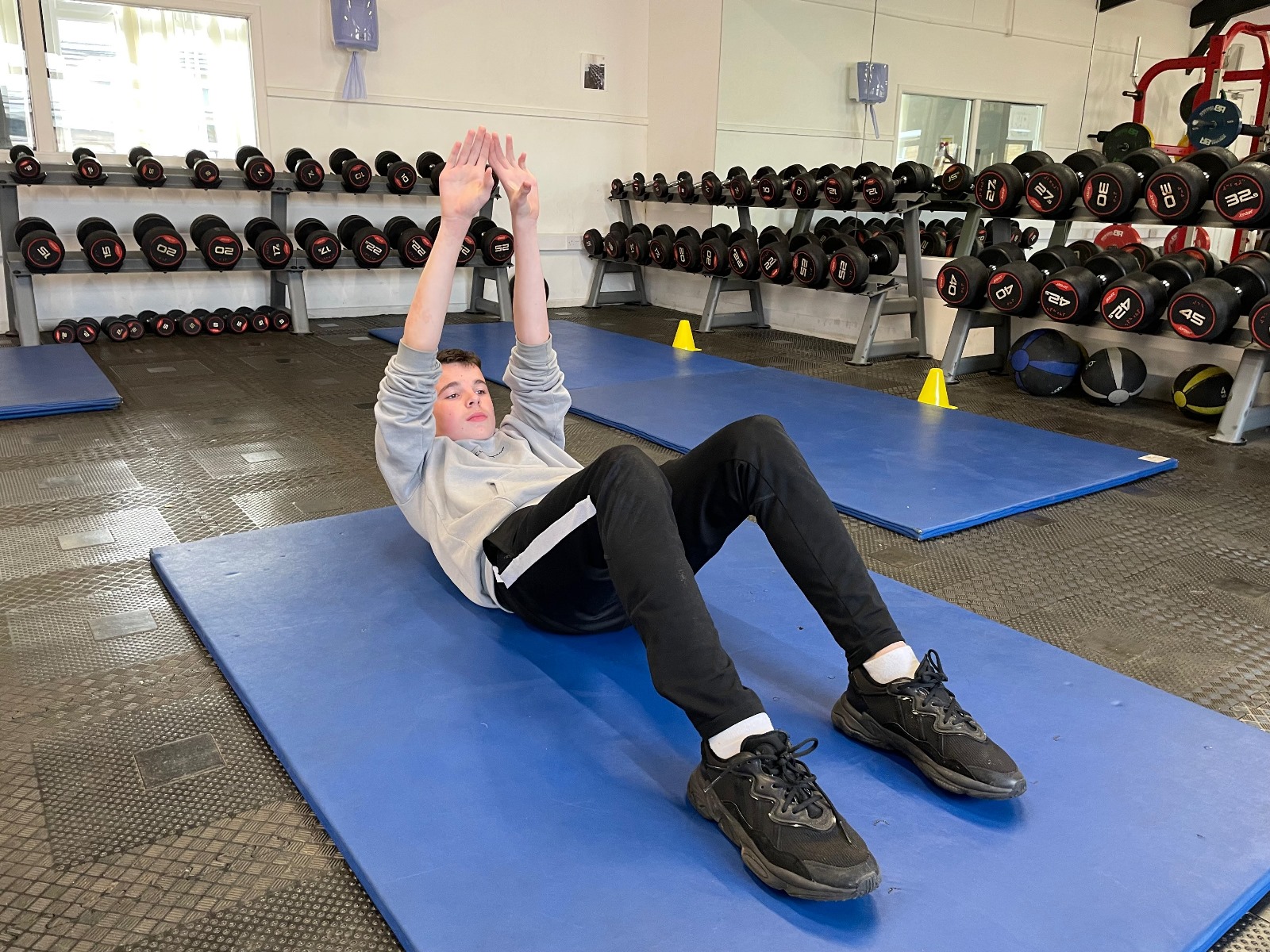
- Avoid Maximum Attempts – Athletes should not attempt to lift single maximum weight loads early in conditioning. They will remember how to properly execute the lifts but may sustain an injury if they overestimate how much weight they can lift compared to their peak performance.
- Flexibility – Emphasize stretching exercises to regain joint flexibility. This is particularly important for older adults who participate in senior sports.
ADAPTATION
Over time the body becomes accustomed to exercising at a given level. This adaptation results in improved efficiency, less effort and less muscle breakdown at that level. That is why the first time you ran two miles you were sore after, but now it’s just a warm up for your main workout. This is why you need to change the stimulus via higher intensity or longer duration in order to continue improvements. The same holds true for adapting to lesser amounts of exercise.
TRAINING EFFECTS
The whole purpose of fitness training is for an athlete to improve physically which will add value to their skill and tactical based talent as well as mental strength. This will hopefully add to their total overall sport performance. Many athletes believe that they are improving during training sessions and from a skills perspective this is often the case but in terms of physiological adaptation the training unit represents the stressor or stimulus and the recovery period after training which will include rest and nutrition is the time where the adaptations occur.
THUS, TRAINING CAN BE THOUGHT TO HAVE THREE DISTINCT LEVELS:
- Immediate: Initial reaction to training stimulus: e.g. Heart Rate, Breathing Rate, blood lactate levels, perspiration, hormonal responses, and fatigue.
- Recovery and Preparation Response: The raised general metabolism for the period after exercise has finished when waste products are processed and removed, followed by the body’s adaptation (e.g. increased muscle strength and growth) in preparation to cope better with the next training stimulus.
• Cumulative: The bodies ongoing progressive adaptation to repeated training units in a cycle over time.
The Hub training, support and education is delivered from multiple sites, by The Hub team of experts.
